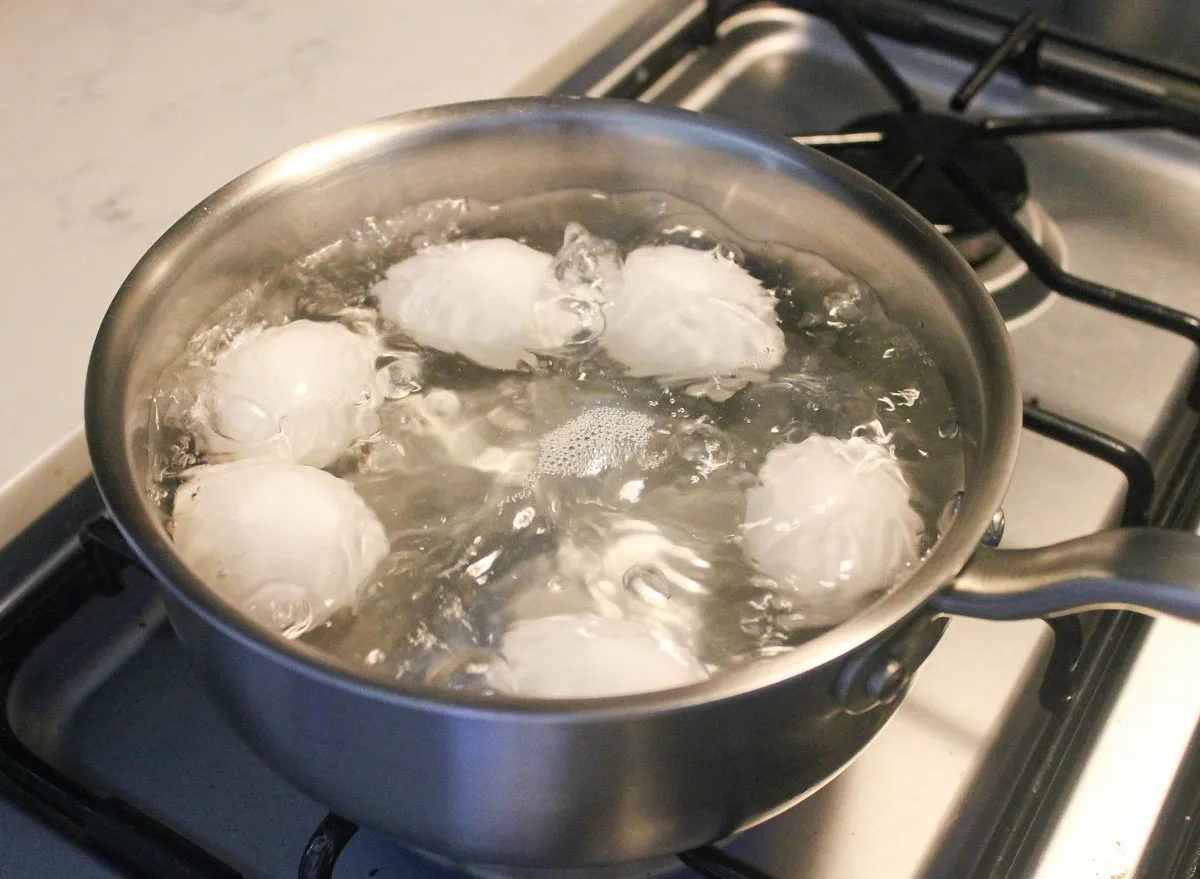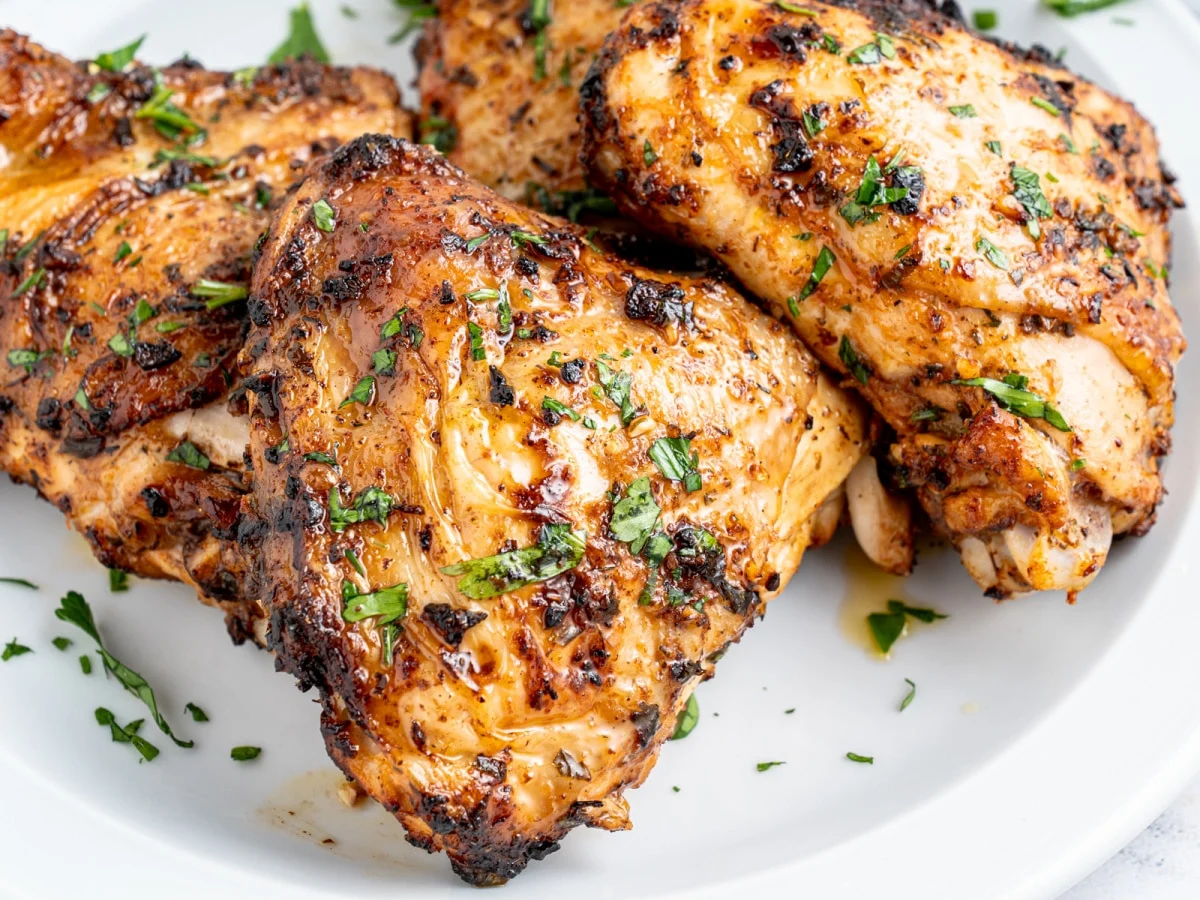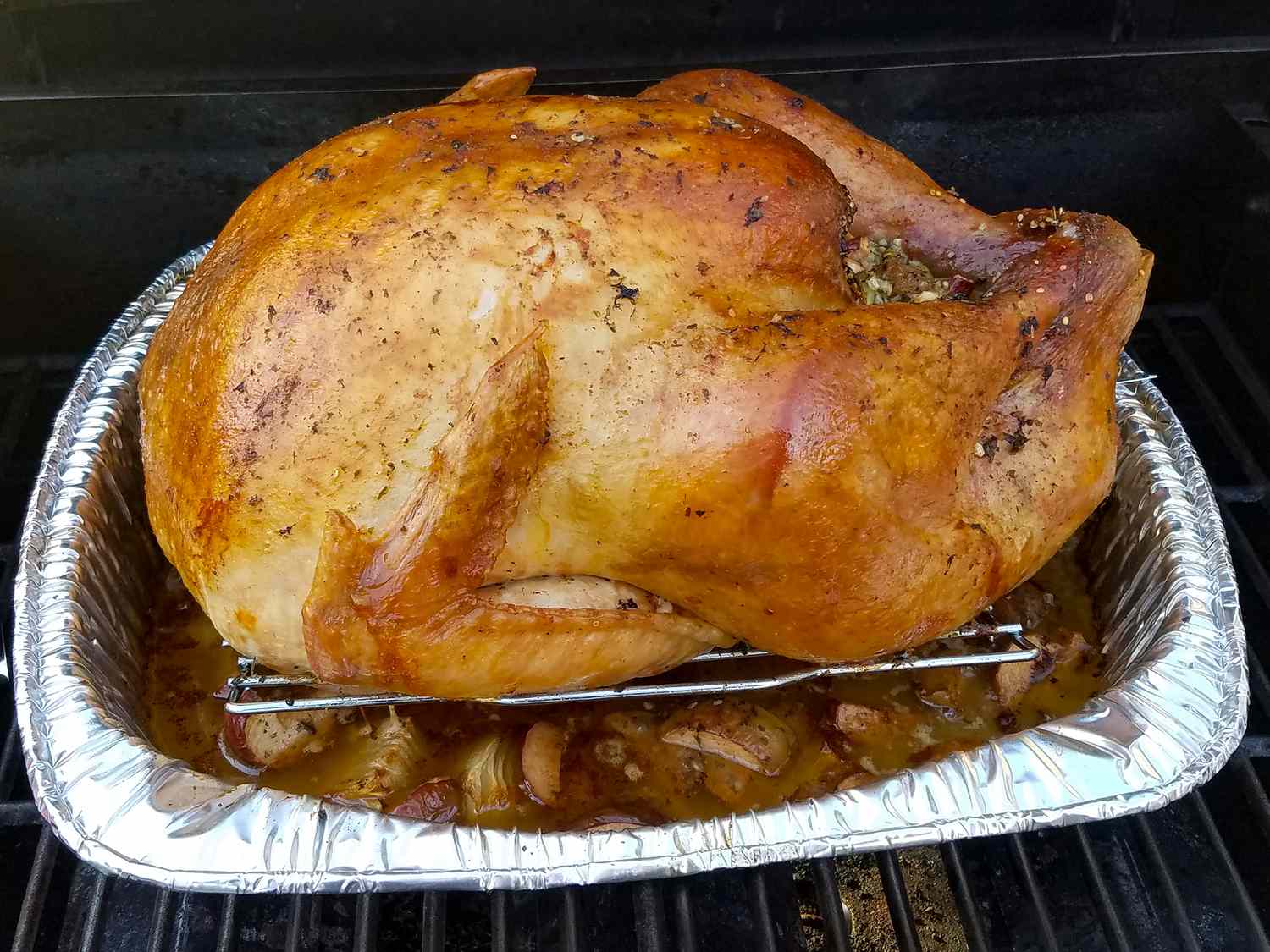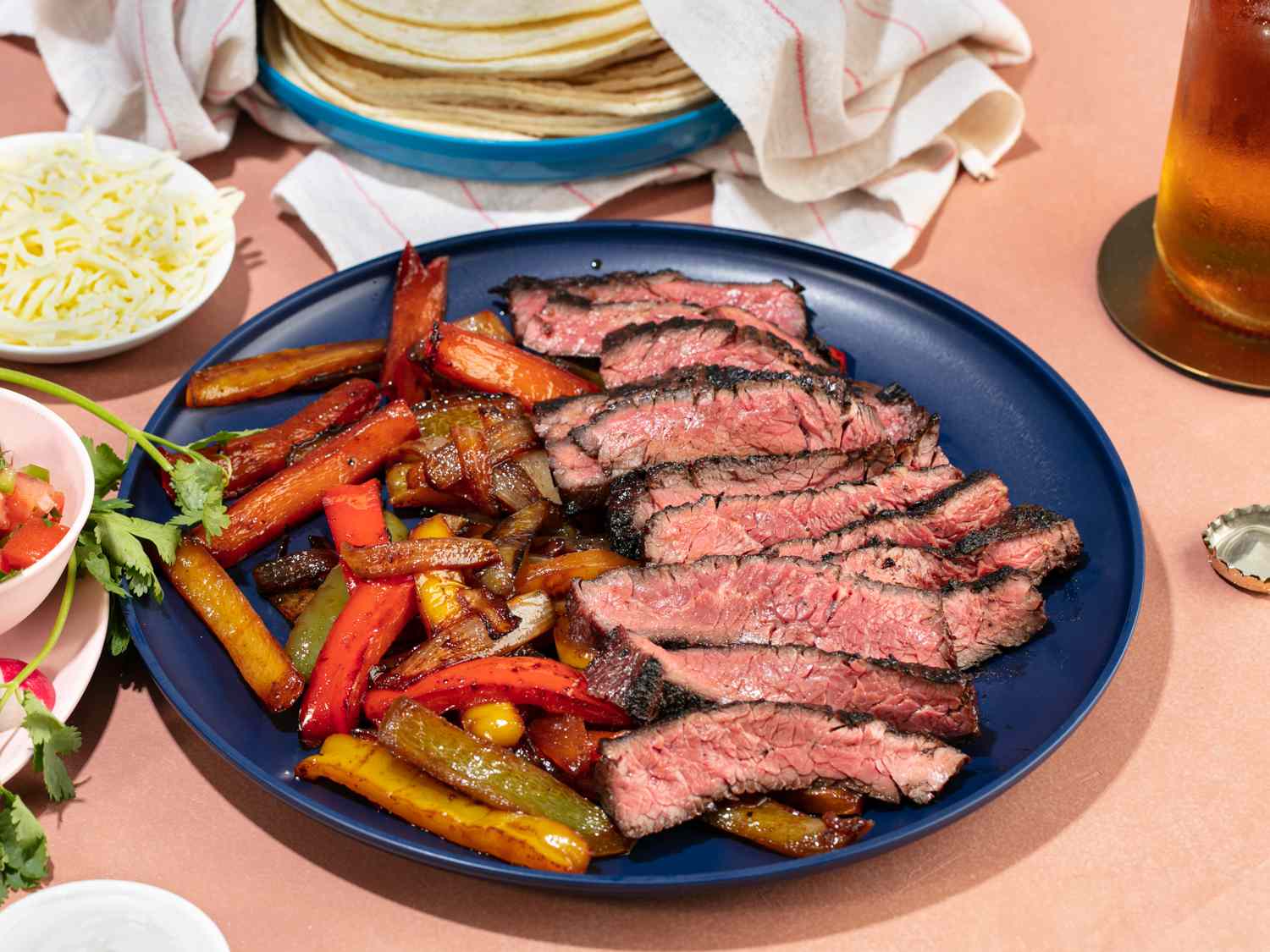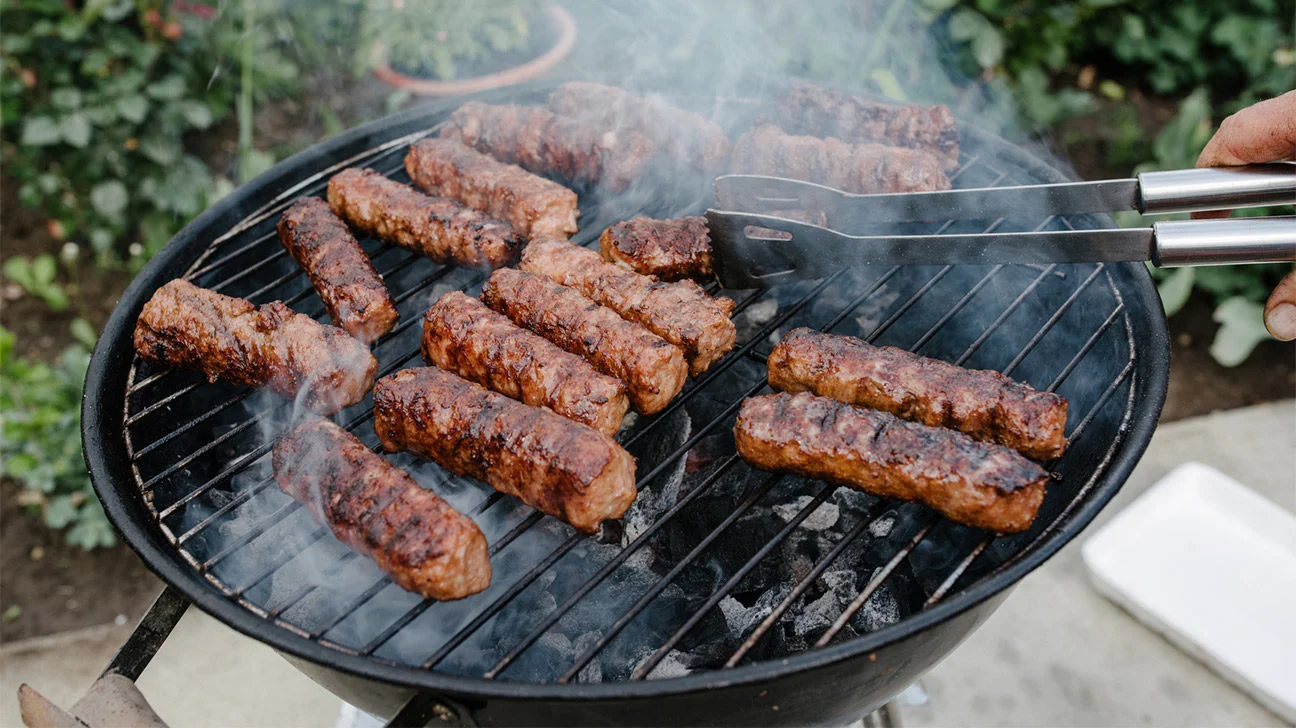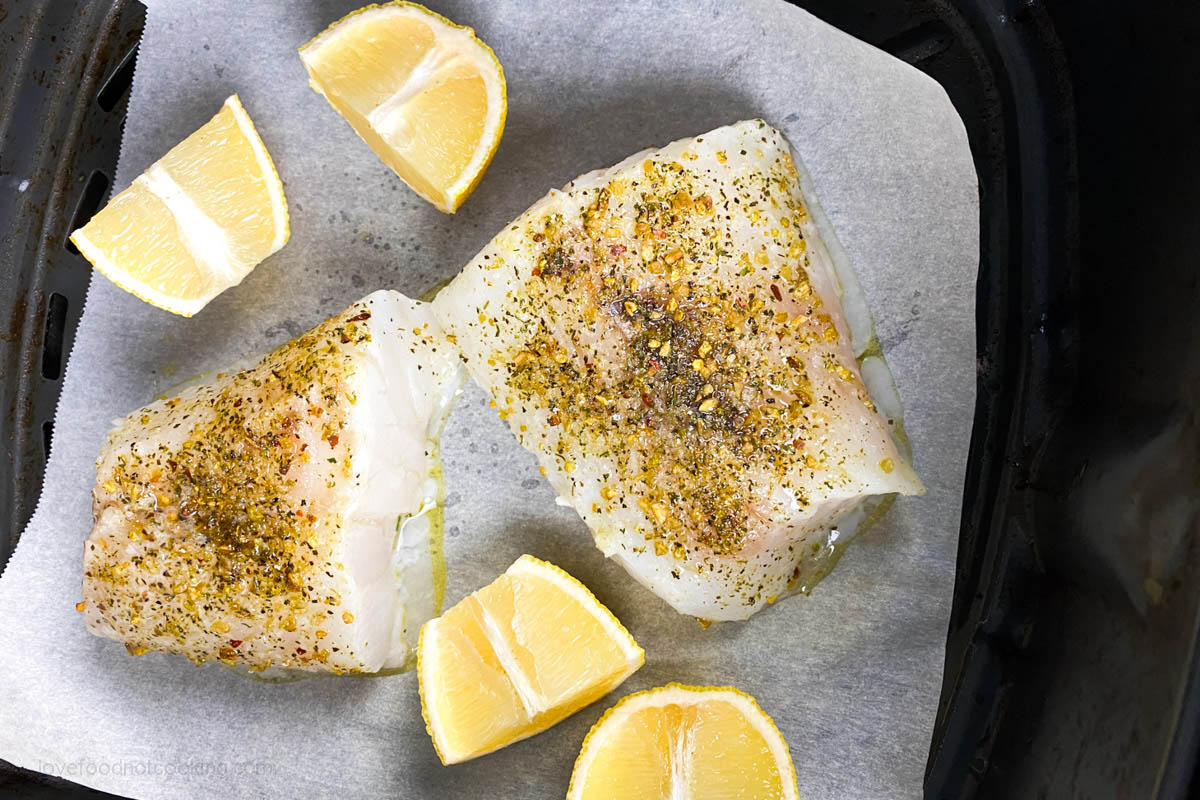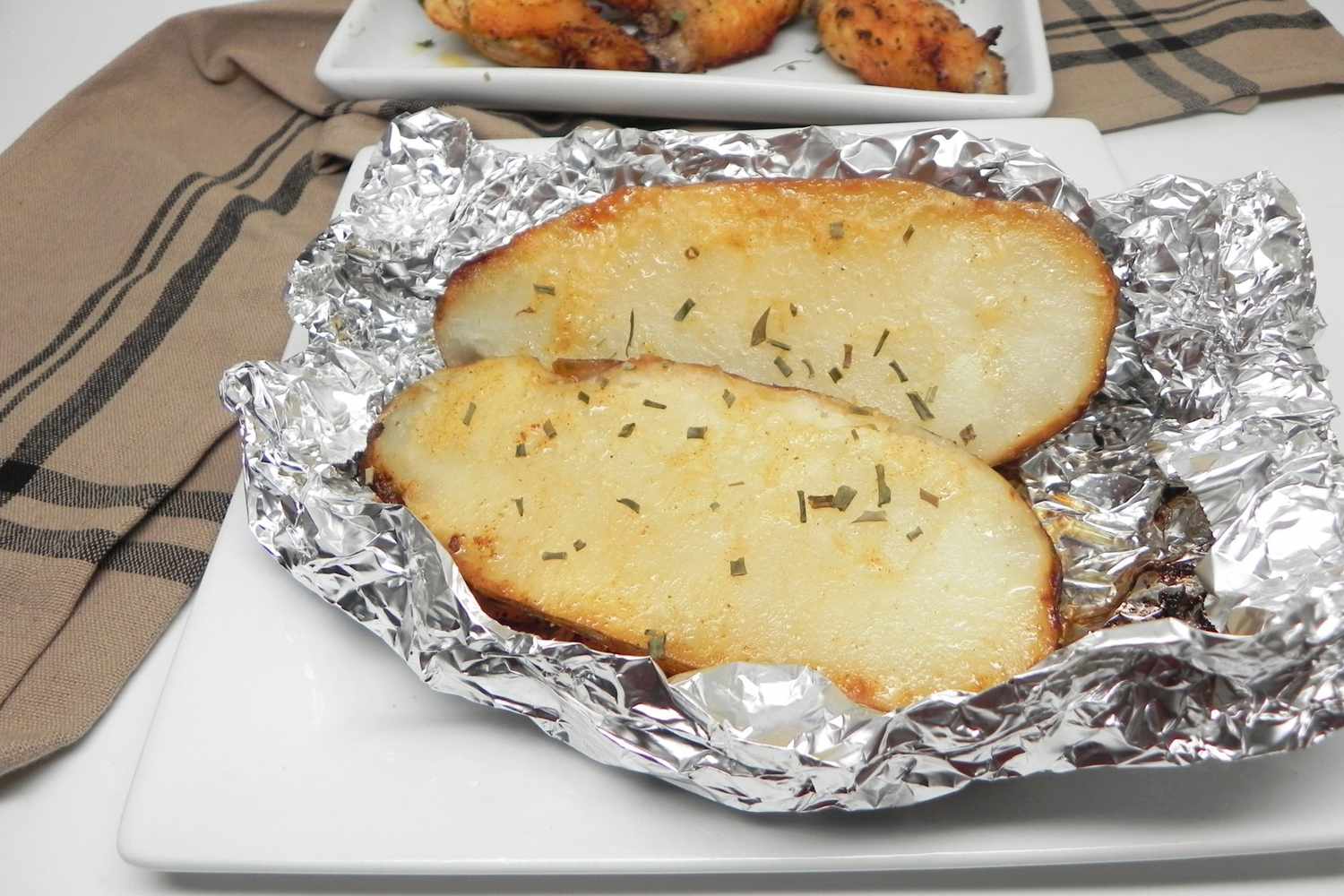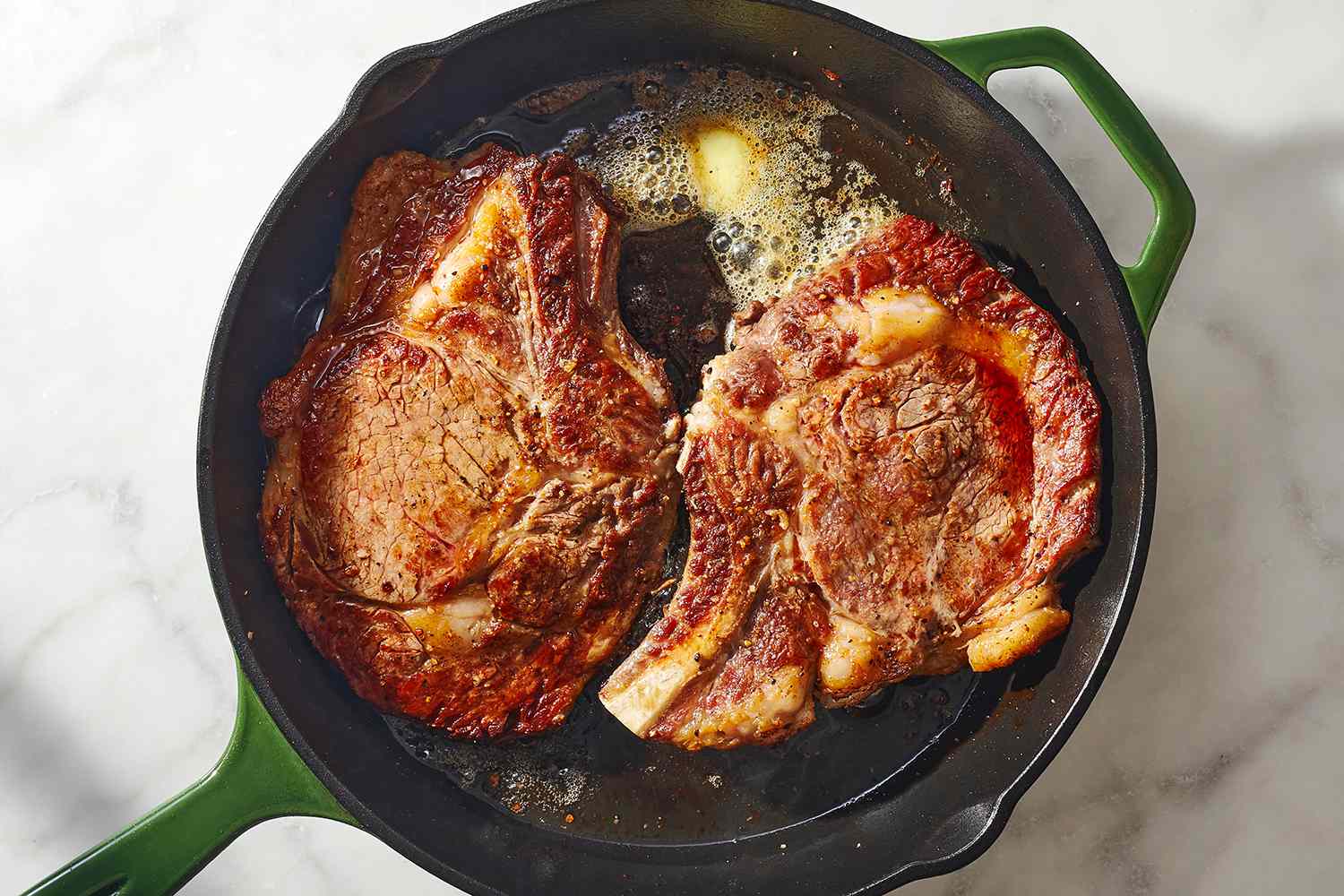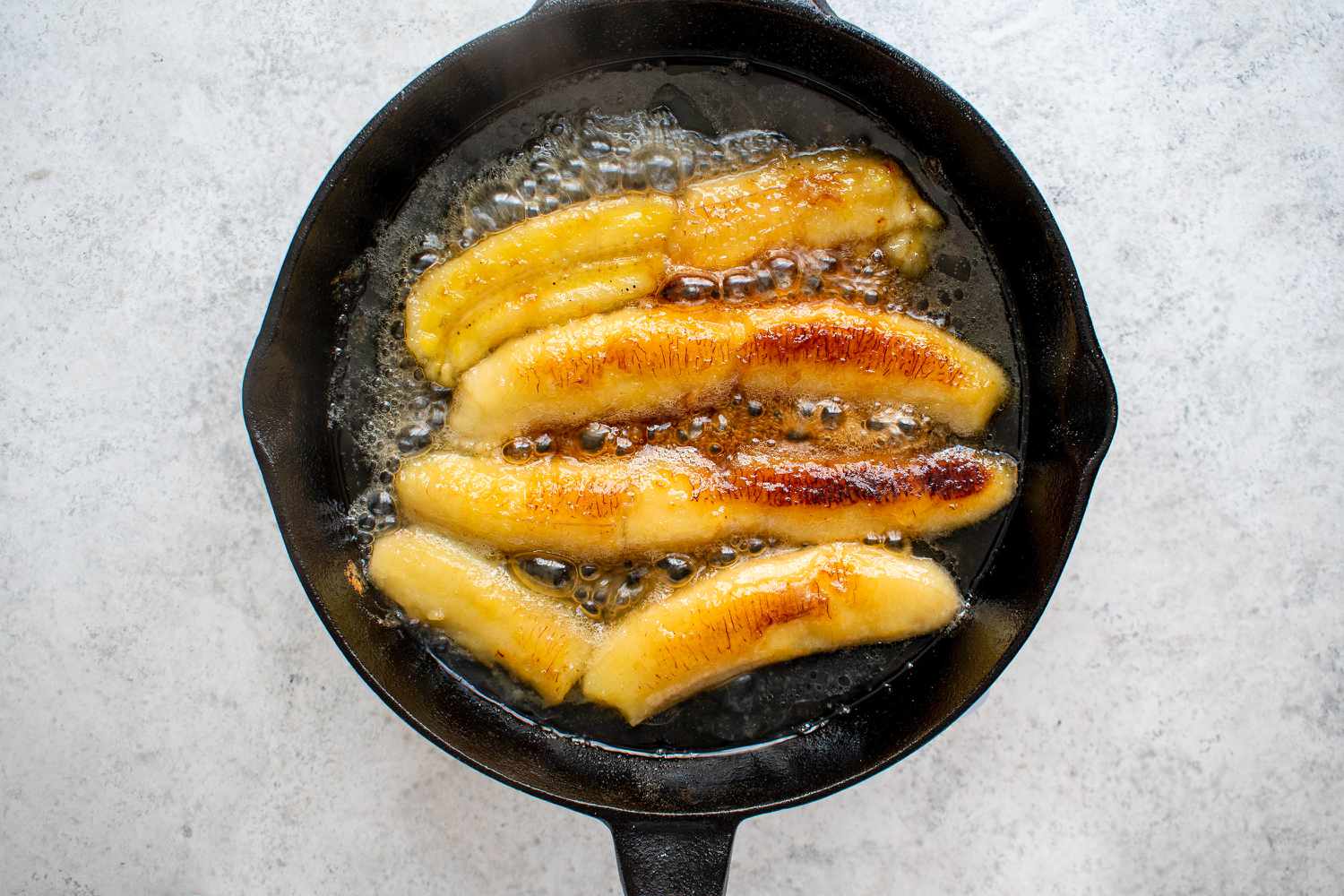Mastering the Art of Fluffy Rice: Tips to Prevent Rice from Sticking
If there’s one staple that is found in almost every kitchen around the world, it’s rice. This versatile grain is a fundamental component of countless dishes and can be cooked in various ways. However, one common challenge that many home cooks face is the issue of rice sticking together, resulting in a less-than-perfect texture.
But worry not! We’re here to share some expert tips and tricks on how to achieve fluffy, non-sticky rice every time you cook. Follow these guidelines, and you’ll be amazed at the difference it makes.
1. Rinse the Rice
Before cooking, it’s essential to rinse your rice thoroughly under cold water. This helps remove excess starch that can contribute to sticking. Place the rice in a fine-mesh sieve or colander and rinse until the water runs clear.
2. Use the Right Water-to-Rice Ratio
Getting the water-to-rice ratio right is crucial for fluffy rice. For most types of rice, a general rule of thumb is to use a 1:2 ratio. That means one cup of rice requires two cups of water. Adjust the ratio slightly based on the variety of rice you’re using, as some may need more or less water.
3. Soak the Rice (Optional)
If you have the time, soaking the rice for about 15-30 minutes before cooking can help loosen the starch and prevent sticking. This step is particularly effective for long-grain rice varieties like basmati or jasmine. After soaking, remember to drain the rice thoroughly before cooking.
4. Choose the Right Cooking Method
There are several ways to cook rice, but certain methods reduce the chances of it sticking. Consider these options:
- Stovetop: Use a heavy-bottomed pot with a tight-fitting lid. Bring the rice and water to a boil, then reduce the heat to low, cover, and simmer until the liquid is absorbed. Avoid constantly peeking or stirring, as this can make the rice sticky.
- Rice Cooker: These handy appliances are specifically designed to cook rice to perfection. Follow the manufacturer’s instructions for the best results.
- Instant Pot: The pressure cooking function of an Instant Pot can produce fluffy rice without sticking. Check the user manual or online resources for specific instructions on cooking rice.
5. Fluff with a Fork
Once the rice is cooked, resist the temptation to dive right in. Let it sit, covered, for a few minutes to steam and finish cooking. Afterward, use a fork to gently fluff the rice, separating the grains. This step helps prevent clumping and enhances the overall texture.
6. Avoid Overcooking
Overcooking rice can lead to a sticky mess. Keep a close eye on the cooking process, and once you notice that the rice is tender and all the water has been absorbed, remove it from the heat. Letting it sit too long on the residual heat can make it sticky.
7. Experiment with Different Rice Varieties
Consider exploring different rice varieties to find the one that suits your tastes and cooking style. Basmati rice, for example, is known for its fragrant and separate grains, while sushi rice is stickier, making it ideal for sushi rolls. Don’t be afraid to try new varieties and adjust your cooking techniques accordingly.
With these expert tips, you’ll have the confidence to cook rice that turns out fluffy, light, and free from sticking. Impress your family and friends with perfectly cooked rice every time, and elevate your meals to a whole new level of deliciousness!
More Delicious Rice Recipes to Try
Now that you've mastered the art of cooking rice without it sticking, why not put your skills to the test with a variety of international dishes that center around this versatile grain? From the aromatic layers of Classic Chicken Biryani to the vibrant flavors of Mexican Rice with Beans, each recipe offers a unique way to showcase your newfound expertise. We recommend trying the Japanese Sushi Rolls for a challenge in precision and delicacy, or the Persian Tahdig for its crispy, golden crust that's sure to impress at any dinner table. Each recipe not only broadens your culinary palette but also enhances your ability to cook rice to perfection in diverse cooking styles.
Was this page helpful?
Read Next: How To Cook Frozen Oysters Rockefeller
